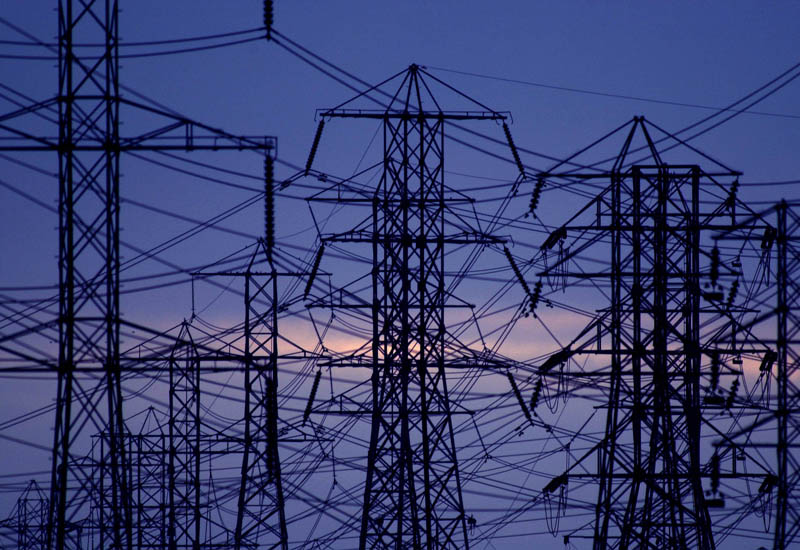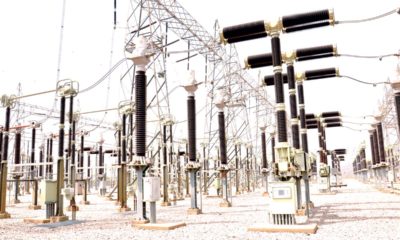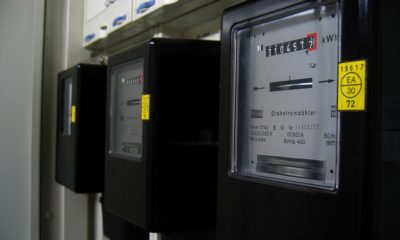- Nigeria’s Power Sector Losses Growing at N474bn Annually — AFD
The financial losses in Nigeria’s power sector is growing by at least N474bn annually, a study conducted by the French Agency for Development has revealed.
In the recent study, which was developed by the AFD with support from the European Union and entitled ‘Nigeria Electricity Supply Industry’s Challenges and a Way Forward,’ the agency also noted that the existing power generation assets across the country were inefficient.
The AFD report, which was obtained by our correspondent in Abuja on Friday after it was released on May 20, 2019, by the French agency, stated, “The situation at NESI (Nigeria Electricity Supply Industry) is so deteriorated that the revenue collection is not even enough to pay the generation cost.
“The industry losses is growing at a rate of at least N474bn per year or N1.3bn per day, but not even including the financial costs of this chaos. Consequently, this liquidity crisis has put the system on the verge of collapsing, which is not able to increase its generation capacity, remove its infrastructure constraints at transmission and distribution networks and aggressively reduce its ATC&C (Average Technical, Commercial and Collection) losses.”
The agency stated that a large share of the industry’s revenue requirement ends on the side of the fossil fuel vendors due to the sector’s own inefficiencies.
“Historically, end consumers only receive a few hours of power supply per day which does not cover their need and consequently, for those that can afford it, they are run in their captive generators for producing electricity to cover their needs. It is not even clear which are the revenues of the generator sets and fossil fuel sellers that are off taking from the power supply industry,” the report stated.
It said the power sector was facing storm and had entered into a spiral, which had not allowed it to improve its performance and where the liquidity crisis had become a serious risk for Nigeria.
It outlined the concerns in the sector which formed the spiral to include customer dissatisfaction, disaffection and disloyalty, historical infrastructure gap, lack of capital expenditure and operating expenditure, lack of access to finance, poor performance, distrust among all the stakeholders, weak governance and erratic regulation, lack of cost reflective tariff, tariff shortfall and market shortfall, and ramping liquidity crisis.
AFD noted that in Nigeria nowadays, only about 4,500 to 5,500 megawatts of operational capacity was available and it had been always much lower than any Multi Year Tariff Order projection.
“In general, the existing power generation assets are inefficient. More than 50 per cent of the generation capacity is not available, either for technical reasons/planned maintenance or due to unavailability of gas or other unplanned outage reasons,” the report stated.
On the basic principle for any power system, the French agency stated that under normal conditions, the cost of the service or revenue requirement should be equal to the revenues collected from the end customers.
It said when this basic principle is not met, the system becomes unbalanced, liquidity crisis arises and tension between the different stakeholders would begin without resulting in a benefit for the end customer.
The report explained how the country’s power sector works. It stated that the electricity value chain was a regulated model for generation, transmission and distribution and was designed to be linked back to back by contracts, which mirror each other to ensure industry liquidity and sustainability.
On how the revenue requirements were set in the industry, it said the sector was being regulated by the Multi Year Tariff Order that was designed to recover the cost of the service for the whole value chain.
“This is done every certain number of years with best practices of two, three and up to five years, although in Nigeria is every 10 years, providing scope for adjustments in the case of key cost changes or fundamental variables, e.g. inflation, fuel cost, forex and energy wheeled, through major and minor reviews and/or any specific tariff review required by the distribution companies,” the report stated.
The AFD observed that historically, the demand for power in Nigeria had always been much higher than the available capacity across the country.
It stated that the power demand forecast was uncertain, although the Nigerian (power) System Operator estimated it to be almost 26 gigawatts, which was six times more than the capacity distributed and three times more that the available generation capacity.
The report, however, stated that going forward, the country’s power system master plan defines a generation forecast scenario of 10GW in 2020, 15GW in 2025, 23GW in 2030 and 28GW in 2035, which would require a massive generation investment of more than $20bn in the next 20 years.

 Naira4 weeks ago
Naira4 weeks ago
 Naira4 weeks ago
Naira4 weeks ago
 Travel3 weeks ago
Travel3 weeks ago
 Naira3 weeks ago
Naira3 weeks ago
 Jobs4 weeks ago
Jobs4 weeks ago
 Naira3 weeks ago
Naira3 weeks ago
 Investment4 weeks ago
Investment4 weeks ago
 Travel4 weeks ago
Travel4 weeks ago






















